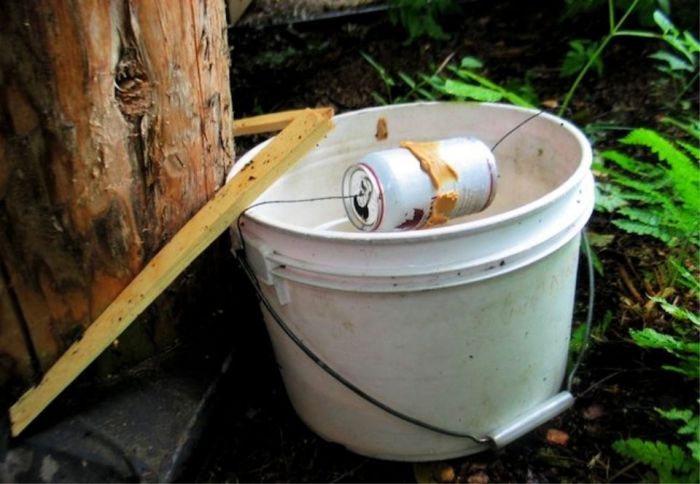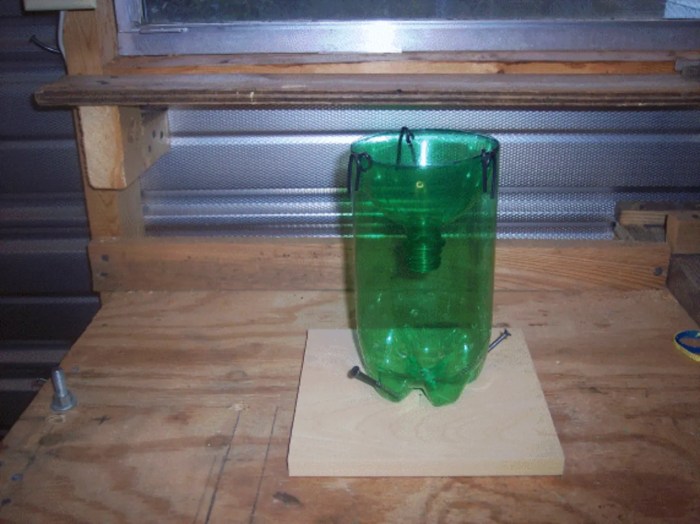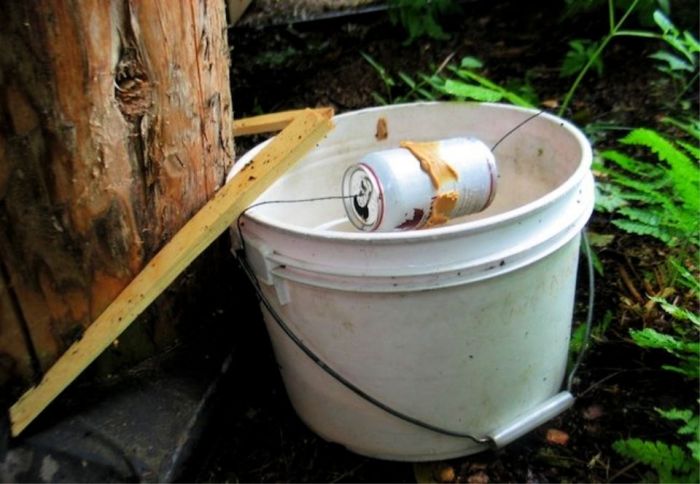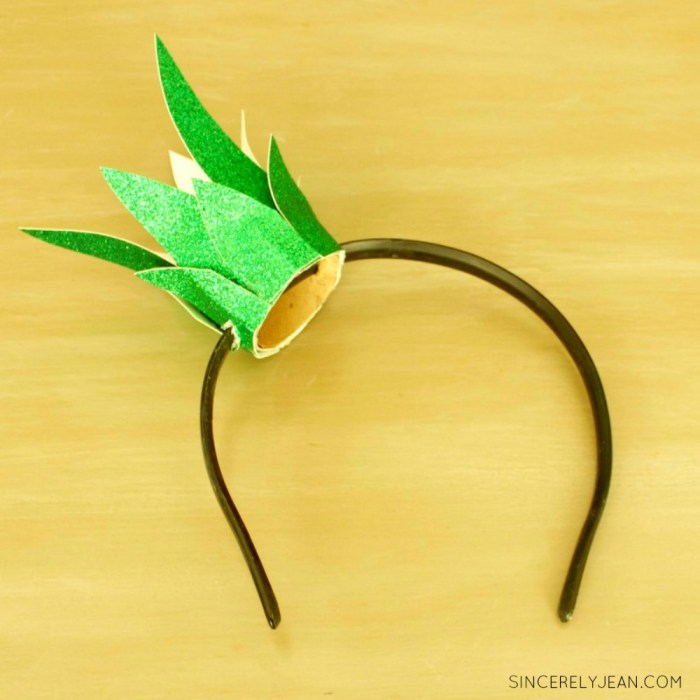
Humane mouse trap DIY offers a compassionate approach to dealing with unwanted rodents in your home. Instead of resorting to traditional traps that cause pain and suffering, this guide explores creative and ethical methods for capturing mice safely and humanely. We’ll delve into the world of DIY traps, learning how to construct effective devices that prioritize the well-being of both humans and mice.
From understanding mouse behavior to choosing the right materials and techniques, we’ll provide a comprehensive guide to building humane mouse traps that are both effective and ethical. We’ll also explore alternative pest control methods and discuss the importance of preventing future infestations. Join us as we embark on a journey of compassion and innovation in the world of rodent control.
Trap Functionality and Effectiveness
Humane mouse traps are designed to capture mice alive without causing them harm. They offer a more ethical and humane alternative to traditional snap traps, which can result in injury or death. Understanding the functionality and effectiveness of humane mouse traps is crucial for successful rodent control.
Mechanism of Humane Mouse Traps
Humane mouse traps work by capturing mice in a container or cage. The most common types include:
- Live Catch Traps: These traps feature a trigger mechanism that closes a door or lid when a mouse enters, trapping it inside. The door is usually designed to be one-way, preventing the mouse from escaping.
- Cage Traps: These traps resemble small cages with a bait compartment. The mouse enters the cage to access the bait, triggering a mechanism that closes the door behind it.
Factors Contributing to Effectiveness
Several factors influence the effectiveness of humane mouse traps. These include:
- Trap Placement: Placing the trap in areas frequented by mice, such as near food sources, water sources, or entry points, increases the likelihood of capture. Consider placing traps along walls, under furniture, or in dark, secluded corners.
- Bait Selection: Mice are attracted to various foods, but peanut butter is a popular choice due to its strong scent and sticky texture. Other effective baits include cheese, seeds, and grains.
- Trap Sensitivity: Some traps have adjustable trigger sensitivity. Setting the trap to a level appropriate for the size of the mice in your area can improve capture rates.
- Regular Checking: It is crucial to check the trap regularly to ensure any captured mice are removed and relocated. This prevents the mice from becoming stressed, injured, or dying from starvation or dehydration.
Importance of Proper Placement and Baiting
Proper placement and baiting are essential for successful rodent control.
A humane mouse trap DIY project can be a rewarding way to keep your home pest-free without resorting to harmful methods. While you’re tackling DIY projects, consider taking on another challenge: DIY yard irrigation. This can save you money on water bills and help your plants thrive. Once you’ve mastered both, you’ll have a green thumb and a pest-free home!
- Placement: The location of the trap is crucial. It should be placed in areas where mice are likely to be active. For example, near food sources, water sources, or entry points.
- Baiting: The type of bait used can also affect the effectiveness of the trap. Mice are attracted to a variety of foods, but peanut butter is a popular choice. Other effective baits include cheese, seeds, and grains.
Mouse Release and Relocation: Humane Mouse Trap Diy
Releasing captured mice humanely is crucial for their well-being and for preventing potential harm to both the mice and the environment. This section focuses on the best practices for safely releasing mice back into the wild, emphasizing the importance of relocating them far from their original capture site.
Risks of Releasing Mice in Urban Environments
Releasing mice in urban environments can pose several risks, including:
- Disease Transmission: Mice can carry various diseases that can be transmitted to humans, pets, and other wildlife. Releasing them in populated areas increases the risk of disease spread.
- Competition with Native Species: Introduced mice can compete with native species for food and resources, potentially disrupting the local ecosystem.
- Damage to Property: Mice are known to cause damage to buildings, crops, and other property. Releasing them near homes or businesses increases the risk of these problems.
It’s essential to understand these risks and take appropriate measures to minimize them.
Preventing Mouse Infestations

Preventing mouse infestations is crucial for maintaining a clean and healthy home environment. By taking proactive measures, you can significantly reduce the chances of these unwelcome guests taking up residence.
Identifying and Eliminating Potential Entry Points
Identifying and sealing potential entry points is a vital step in preventing mouse infestations. Mice are incredibly small and can squeeze through surprisingly tight spaces.
- Inspect your home’s exterior, including the foundation, walls, roof, and windows, for any cracks, gaps, or holes. Pay particular attention to areas around pipes, vents, and utility lines.
- Seal any openings you find with steel wool, caulk, or expanding foam. Make sure to use materials that are resistant to chewing and gnawing.
- Check for gaps around doors and windows, and install weather stripping or door sweeps to create a tight seal.
Proper Sanitation and Food Storage
Maintaining a clean and sanitary environment is essential for discouraging mice. Mice are attracted to food sources and will readily enter homes where food is easily accessible.
- Clean up spills and crumbs promptly, especially in the kitchen and dining areas.
- Store food in airtight containers, especially items like cereal, flour, and grains.
- Keep trash cans tightly sealed and dispose of garbage regularly.
- Clean out pantries and cupboards frequently, removing any food debris or spills.
Using Natural Deterrents
Natural deterrents can be an effective way to discourage mice from entering your home.
- Peppermint oil: Mice have a strong aversion to the smell of peppermint oil. Place cotton balls soaked in peppermint oil around areas where you’ve seen signs of mice.
- Cayenne pepper: Sprinkle cayenne pepper around potential entry points and areas where mice are likely to travel.
- Essential oils: Other essential oils, such as clove, eucalyptus, and lavender, can also be effective deterrents.
- Ultrasonic devices: These devices emit high-frequency sounds that are unpleasant to mice, potentially driving them away.
Alternative Mouse Control Methods
Sometimes, you might prefer non-lethal methods to control mice. These methods aim to deter or repel mice without causing them harm. Let’s explore some popular options and their effectiveness.
Ultrasonic Repellents
Ultrasonic repellents emit high-frequency sound waves that are claimed to be unpleasant to mice, driving them away. These devices are often marketed as safe and effective, but their efficacy is debatable.
- Pros: Ultrasonic repellents are generally considered safe for humans and pets, and they don’t involve trapping or killing mice. They are also relatively inexpensive and easy to use.
- Cons: The effectiveness of ultrasonic repellents is highly disputed. Some studies have shown that mice can become habituated to the sound waves, rendering them ineffective. Additionally, these devices can be noisy and disruptive to humans, especially if used in living areas. The effectiveness of ultrasonic repellents can be impacted by factors like room size, furniture arrangement, and the presence of other sounds.
Peppermint Oil
Peppermint oil is a natural repellent that can be used to deter mice. The strong scent of peppermint oil is said to be unpleasant to mice, discouraging them from entering areas where it is present.
- Pros: Peppermint oil is a natural and relatively safe option for repelling mice. It can be easily applied using cotton balls, spray bottles, or diffusers. It is also readily available and affordable.
- Cons: The effectiveness of peppermint oil as a mouse repellent is not fully established. While some mice may be sensitive to the scent, others may not be deterred. The effectiveness of peppermint oil can be influenced by factors like the concentration of the oil, the frequency of application, and the presence of other scents.
Professional Pest Control Services
Professional pest control services offer a range of methods for controlling mice, including trapping, baiting, and fumigation. They can also identify the source of the infestation and recommend preventative measures.
- Pros: Professional pest control services offer specialized knowledge and experience in dealing with mice infestations. They use safe and effective methods that are tailored to the specific situation. They can also provide ongoing maintenance to prevent future infestations.
- Cons: Professional pest control services can be expensive, especially for ongoing treatments. Some methods, like fumigation, may require the temporary evacuation of the property. It’s important to choose a reputable and licensed pest control company to ensure the safety and effectiveness of the services.
Safety Precautions

When handling captured mice, it is crucial to prioritize safety for both yourself and the animal. Remember that mice can carry diseases, so it is essential to take precautions to avoid potential health risks.
Handling Captured Mice
Always wear gloves when handling captured mice. This protects you from potential bites and exposure to diseases. Avoid touching the mouse directly with bare hands. Use a container or a piece of cardboard to carefully transfer the mouse to a secure location.
Washing Hands After Handling Traps or Mice
Thoroughly wash your hands with soap and water after handling traps or captured mice. This is essential to prevent the spread of germs and diseases. If possible, use a disinfectant soap for added protection.
Potential Risks Associated with Trap Designs and Materials, Humane mouse trap diy
Some trap designs or materials may pose potential risks. For instance, traps with sharp edges or metal components can injure the mouse. Additionally, certain types of glue traps can cause prolonged suffering for the animal. Consider using humane traps designed to capture mice without causing harm.
Creative DIY Designs
While traditional mouse traps often rely on forceful methods, humane traps prioritize the well-being of the mouse. This section delves into some creative DIY humane mouse trap designs, showcasing innovative approaches to capturing mice without harming them.
Bucket Trap
A bucket trap is a simple yet effective design that uses a ramp or tunnel to guide the mouse into a bucket. The bucket can be filled with a layer of bedding material, such as shredded paper or cloth, to provide a comfortable environment for the captured mouse.
- Materials: A bucket, a ramp or tunnel, and bedding material.
- Construction: Cut a piece of cardboard or wood to create a ramp or tunnel leading into the bucket. Secure the ramp or tunnel to the bucket’s edge. Place bedding material at the bottom of the bucket.
- Mechanism: The mouse, lured by bait placed at the entrance of the ramp or tunnel, will follow the path and fall into the bucket. The bedding material will provide a soft landing and prevent injury.
- Advantages: Simple design, low cost, and effective for capturing multiple mice.
Bottle Trap
A bottle trap utilizes a plastic bottle with a small opening to trap the mouse. The bottle is placed near a mouse-infested area, and the mouse, attracted by bait placed inside, will enter the bottle but will be unable to find its way out.
- Materials: A plastic bottle, a sharp knife or scissors, and bait.
- Construction: Cut a small opening near the top of the bottle, just large enough for a mouse to enter. Place bait inside the bottle.
- Mechanism: The mouse, attracted by the bait, will enter the bottle through the opening but will be unable to turn around and escape due to the bottle’s shape. The bottle can be easily transported to a release location.
- Advantages: Easy to construct, portable, and can be used indoors or outdoors.
Live Catch Cage Trap
A live catch cage trap is a more traditional design, but it can be modified to be more humane. This type of trap uses a cage with a door that closes automatically when the mouse enters, trapping it inside.
- Materials: A wire or plastic cage, a trigger mechanism, and bait.
- Construction: The cage should be large enough for the mouse to move around comfortably. The trigger mechanism can be a simple weight or a pressure plate. Place bait inside the cage.
- Mechanism: The mouse, attracted by the bait, will enter the cage. When it steps on the trigger mechanism, the door will close, trapping the mouse inside.
- Advantages: Effective for capturing mice, provides a safe and comfortable environment for the captured mouse.
Troubleshooting and Maintenance
While DIY humane mouse traps are generally effective, some issues may arise. Regular maintenance and troubleshooting can ensure their long-term functionality and effectiveness.
Common Issues and Solutions
Identifying and addressing common issues is crucial for the proper functioning of DIY humane mouse traps.
- Trap Not Triggering: This could be due to a faulty trigger mechanism, a loose spring, or a misplaced bait. Check the trigger mechanism for any blockages or damage. Ensure the spring is securely attached and the bait is properly positioned. If the trap is still not triggering, consider adjusting the bait placement or using a different type of bait.
- Mouse Escaping: This can happen if the trap is not securely closed or if the entry and exit points are too large. Double-check the trap’s closure mechanism and ensure it is securely latched. If necessary, adjust the size of the entry and exit points to prevent the mouse from escaping.
- Mouse Getting Trapped But Not Released: This may occur if the release mechanism is malfunctioning. Inspect the release mechanism for any blockages or damage. Ensure the release mechanism is properly adjusted and functioning correctly.
- Trap Getting Dirty: Dirt and debris can affect the trap’s functionality and hygiene. Clean the trap regularly with a mild detergent and water. Ensure the trap is thoroughly dried before re-using.
Maintenance and Cleaning
Regular maintenance and cleaning are essential for ensuring the longevity and effectiveness of DIY humane mouse traps.
- Cleaning the Trap: Clean the trap after each use with a mild detergent and water. Ensure the trap is thoroughly dried before re-using. This helps prevent the build-up of dirt, debris, and odor that could attract other pests.
- Checking the Trap’s Functionality: Regularly check the trap’s trigger mechanism, release mechanism, and closure mechanism for any signs of damage or wear.
- Replacing Worn Parts: Replace any worn or damaged parts promptly. This helps ensure the trap’s functionality and prevents potential accidents.
- Storing the Trap: When not in use, store the trap in a dry, clean place. This helps prevent the trap from getting damaged or contaminated.
The Humane Trap Movement
The growing awareness of animal welfare and environmental concerns has spurred a significant shift towards humane pest control methods. This movement advocates for solutions that prioritize the ethical treatment of animals while effectively managing pest populations. Humane mouse traps play a crucial role in this movement, offering an alternative to traditional methods that often result in the suffering or death of animals.
Impact on Environment and Animal Welfare
The use of humane traps has a positive impact on both the environment and animal welfare. Unlike traditional traps that kill mice, humane traps capture them alive, minimizing harm and allowing for their safe release. This approach reduces the need for rodenticides, which can have harmful effects on the ecosystem. Rodenticide poisoning can affect non-target animals, such as birds of prey, and can contaminate soil and water sources. Humane traps, on the other hand, provide a more environmentally friendly and ethical way to manage rodent populations.
Resources and Organizations Promoting Humane Mouse Control
Several organizations and resources are dedicated to promoting humane mouse control methods. These organizations provide information, support, and advocacy for the ethical treatment of animals and the adoption of humane pest control practices. Here are some examples:
- The Humane Society of the United States (HSUS): The HSUS is a leading animal welfare organization that advocates for humane pest control methods, including the use of humane traps. They provide resources and information on humane rodent control practices.
- The American Society for the Prevention of Cruelty to Animals (ASPCA): The ASPCA is another prominent animal welfare organization that promotes humane alternatives to traditional pest control methods. They offer guidance and resources on how to humanely manage rodent populations.
- The National Wildlife Federation (NWF): The NWF is a conservation organization that advocates for wildlife protection and habitat conservation. They recognize the importance of humane pest control methods in minimizing harm to wildlife and the environment.
These organizations play a vital role in raising awareness about humane pest control options and promoting their adoption. They provide valuable information, resources, and support to individuals and communities seeking ethical and effective solutions to rodent problems.
By embracing humane mouse trap DIY, you can effectively address mouse infestations while upholding ethical principles. With careful planning, creative design, and a commitment to safe release practices, you can create a rodent-free environment without compromising your values. Remember, a humane approach is not only compassionate but also environmentally responsible, contributing to a more harmonious relationship between humans and wildlife.

